Spring Texas Historical Timeline
Enjoy scrolling through a brief historical recounting of the development of Spring, Texas. The founding and growth of Spring from a German farming community to an important railroad town to a 21st century shopping village with a vintage flair.


1805
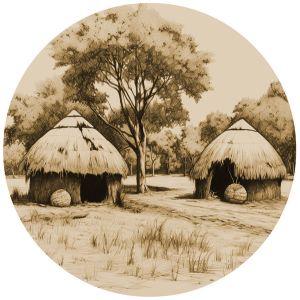
The Akokisa
The Akokisa were the indigenous tribe of Atakapan-speaking Indians who lived in and around what is now the Houston Skyline district in an area including Galveston Bay and the lower Trinity and San Jacinto rivers in Texas.
Akokisa people lived in settled villages and built airy structures to cope with their warm climate. Their homes were beehive-shaped and thatched with grass or palmetto leaves.
1840
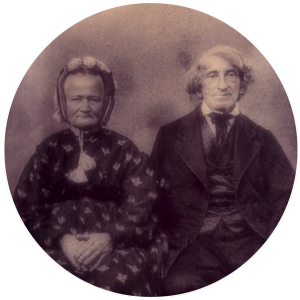
German Settlers
Upon winning its independence from Mexico in 1836 the Republic of Texas, in an effort to attract settlers, offered homesteading grants to locals and immigrants alike. Between 1837 and 1850 an influx of German farmers began to cultivate the rich Texas soil near what is now Spring.
1870
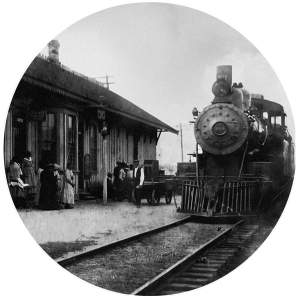
The Railroad Arrives
The issue of transporting goods and travel for people in the area was finally resolved when, in 1866, the Houston Great Northern Railroad Company was commissioned to build a railroad from Houston north to the Red River – a project that began in 1871 and was a vital lifeline for the community of Spring.
1902
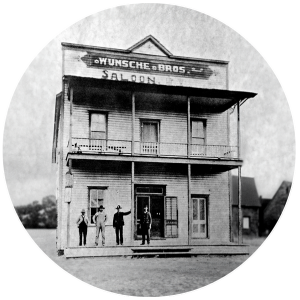
Historic Structures
Due to railroad traffic, businesses sprung up almost overnight. The Harvey Hotel, the Wuncshe Brothers Saloon (still thriving today as a restaurant), the Sellers Hotel, Truevine Missionary Baptist Church, Dr. Dunham’s hospital, a bank and a post office are just some of the establishments that prospered at the turn of the century.
1920
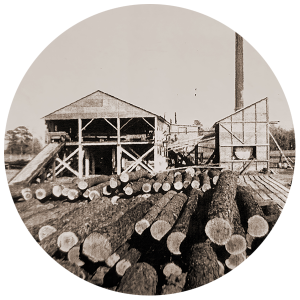
Lumber Industry
With housing and businesses in such demand, it stands to reason that the need for lumber spawned sawmill after sawmill. The Barrett Saw Mill, the Burke Lumber Yard, the Cline Lumber Yard, the Harless Tie Mill and the Bender Lumber Company are some of the more prominent ones. The Bayer Lumber Company, owned by Gus Bayer, opened Bayer’s Excelsior Mill in 1927 and provided packing material made from wood and palmetto leaves.
1938
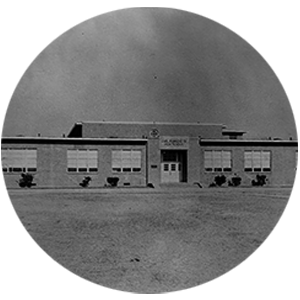
Educational Excellence
The consolidation of several rural districts with Spring resulted in increased growth in Spring ISD. In 1935 the district gained accreditation and in 1938 Carl Wunsche High School was established on land donated by the Wunsche family.
1950
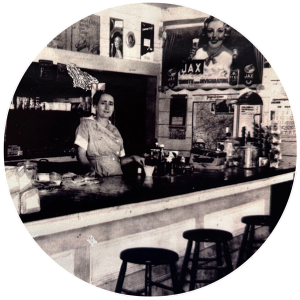
The Decline
Although it technically began in 1923 when the Missouri Pacific Railroad needed more land to expand (and German farmers would not sell their land), the railroad moved their roundhouse south into Houston.
By 1950, with only 500 residents, Spring’s business and schools struggled to keep their doors open.
1960

Additional Struggles
The completion of I-45 made a business location on the new freeway very attractive. In 1960 a shopping center with a supermarket, a modern pharmacy, a department store and a bank left downtown Old Spring even more forlorn and forgotten.
1979
Spring Reborn
The restoration of Spring began with a few novelty and specialty shops that began opening in some of the original structures that had sat empty for many years. Thanks in large part to the popularity of the hamburgers at Spring Café (formerly Wunsche Brothers Saloon) made with beef from Mallott’s grocery store, the area saw a resurgence of visitors that sometimes waited for hours to get a famous burger.


